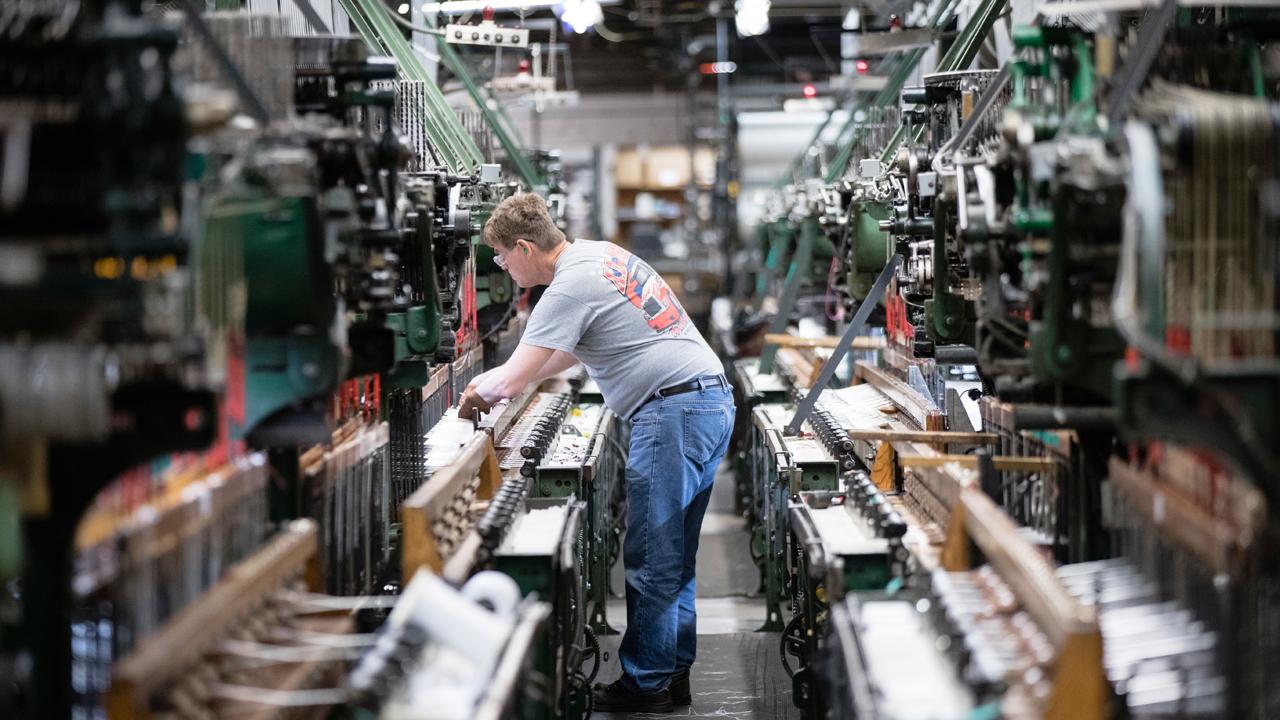Stock markets gets Wall Street vote of confidence, despite trade war jitters
Headlines flashing warnings about trade wars and potential recessions abound, but stocks remain relatively resilient. Bulls are keeping the faith, arguing that underlying fundamentals--and perhaps the political calendar--point the way higher.
A number of prominent Wall Street strategists remain sanguine about the outlook for U.S. equities, looking beyond the multitude of headwinds that have come to comprise the 2018 wall of worry.
Analysts at JPMorgan Chase & Co. said this week that they are optimistic about U.S. stocks on expectations of double-digit earnings growth, accelerated buybacks, and pro-business policies.
"Tax cuts and fiscal stimulus in the U.S. is helping offset monetary headwinds, likely strengthening and extending the second-longest post-War cycle," said Dubravko Lakos-Bujas, the firm's head of equity strategy, reiterating his year-end target of 3,000 for the S&P 500.
Tobias Levkovich, Citigroup's chief U.S. strategist, is also upbeat, upgrading U.S. stocks to overweight from neutral and setting a mid-2019 S&P 500 target of 2,865, according to media reports.
Andrew Adams, a strategist at Raymond James, meanwhile, said that although 2018 has been more difficult than 2017, he has yet to see red flags that suggest that the bull market is nearing its end and urged investors to continue focusing on the long-term uptrend.
Stocks rallied Friday after data showed that the U.S. added 213,000 new jobs in June, more than the 200,000 forecast by analysts, a clear sign that the U.S. economy remains robust. At the same time, wage inflation has been subdued and the unemployment rate ticked higher in response to a rise in the labor-participation rate, helping to ease worries about wage-driven inflation.
The Dow Jones Industrial Average rose 0.4% to 24,456.48 and the S&P 500 gained 0.9% to 2,759.82. The Nasdaq Composite Index rallied 1.3% to 7,688.39. For the holiday-shortened week, the Dow rose 0.8%, while the S&P 500 advanced 1.5%. The tech-heavy Nasdaq outpaced its counterparts with a 2.4% weekly rise.
For the year to date, the S&P 500 is up 3.2%, while the Dow is down 1.1%. The Nasdaq sports an 11.4% gain so far in 2018.
To be sure, the market isn't without pitfalls. Uncertainty has been on the rise as President Donald Trump clashes with major U.S. trade partners. The U.S.-China trade skirmish entered a new chapter Friday as Washington implemented tariffs on $34 billion of Chinese goods, prompting Beijing to respond in kind.
Fitch Ratings on Tuesday warned rising tensions between the U.S. and its trading partners could jeopardize as much as $2 trillion in global trade.
Some analysts said worries about the risks of a trade war are overbaked, in part due to steady economic expansion which is expected boost corporate earnings.
Earnings, which are scheduled to kick off in the coming week with banks, are estimated to grow more than 20% in the second quarter, according to John Butters, senior earnings analyst at FactSet.
If corporate results come in as strong as projected, this will be the third quarter in a row that earnings produced double-digit growth.
History also suggests that the approach of the congressional midterm elections offer further reason for optimism, according to Jeffrey Schulze, investment strategist at ClearBridge Investments, a New York-based money manager with $135 billion in assets under management.
Indeed, the stock market's performance year to date is in line with past midterm election years, Schulze said in an interview, noting that equities often tend to struggle until there is some clarity on the likely outcome.
"A key takeaway," Schulze said, "is that once there is visibility in midterm elections, the market tends to move up, and move up dramatically."
In the 17 midterm years since 1950, the average 12-month return after the election has been 15%--and not one of those periods has seen a negative return, Schulze said. He expects the market to start picking up steam around October, in line with past midterm years.
That is in keeping with the forecast by Frank Longman, equity strategist at Seaport Global, who predicted a "sloppy and frustrating third quarter" with the possibility of a sizable drop that will set the market up for a big rally in the last three months of 2018.
ClearBridge's most likely outcome is for Democrats to take the House, with Republicans hanging on to the Senate--a recipe for gridlock, which would likely be favorable for equities.
"Markets would know what to expect from Congress for the next two years, which would be nothing," Schulze quipped.
Along with the unofficial earnings season kickoff, the week ahead also brings data on inflation, with the June producer price reading due at 8:30 a.m. Eastern on Wednesday followed by the consumer-price index on Thursday. Economists surveyed by MarketWatch produced a consensus forecast for a 0.2% rise in the PPI, the CPI and the core CPI, which strips out volatile food and energy prices.
While Federal Reserve officials have signaled that the specter of above-target inflation won't force policy makers into accelerating their expected timetable for rate increases, analysts said data on inflation, notably the rising costs of wages and goods and services, will remain closely watched.
A still relatively tight labor market along with "higher rates of resource utilization, shortages, pass-through, and tariffs (to name a few) should keep the firming inflation narrative alive and well through the balance of the year," wrote analysts at RBC Capital Markets, in a note.
